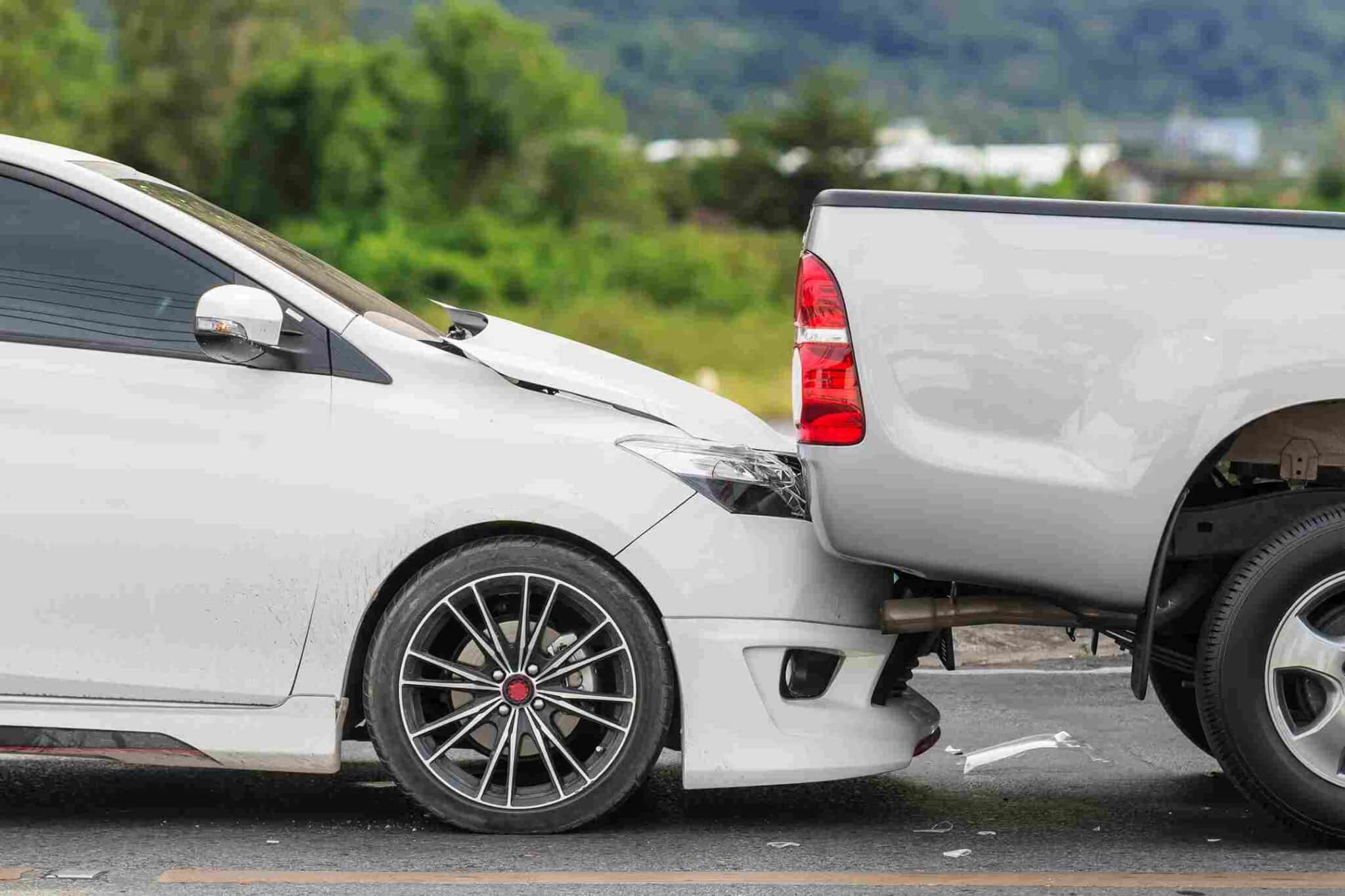In general, when a person is injured as a result of another person’s negligence, the injured party may pursue a claim against the party or parties that caused the injuries. You are entitled to compensation for your injuries if it is found that a defendant was negligent and that such negligence was a cause of your injury. Read on to learn the basics of personal injury lawsuits in Minnesota.
Minnesota Shared Fault Rules
When an injured person is found to be partly at fault for causing the underlying accident, such a finding can affect how much compensation the injured person can receive. In shared fault cases, Minnesota follows a rule known as modified comparative negligence. As an example: suppose you’re shopping in a mall, when you slip and fall on a wet patch of floor. In your haste to get to your favorite store before it closed, you weren’t able to avoid the water. Eventually, it’s determined that you are 20 percent at fault for the accident, and the mall is 80 percent at fault. Your total damages are calculated at $10,000. As such, Minnesota’s comparative fault rule subtracts 20 percent — the percentage of fault assigned to you — from your total damages, allowing you to collect 80 percent, or $8,000. As long as your fault is under 50 percent, you will be allowed to collect some amount of compensation. But if your share of fault is 50 percent or more, you will not be allowed to collect anything from any other at-fault party.
“No-Fault” Auto Insurance
Minnesota is a “no-fault” auto insurance state. In a no-fault state, injured people are expected to seek compensation from insurers, regardless of who was at fault for the car accident. Injured people may not bring their car accident cases to court in Minnesota unless they meet certain minimum requirements, these being:
- They’ve incurred more than $4,000 in reasonable medical expenses, or
- They’ve suffered disability, permanent injury, or permanent disfigurement for at least 60 days.
Visit our No-Fault Coverage Information page HERE.
Dog Bite/Attack Cases
In many states, dog owners are protected (to some degree) from injury liability the first time their dog injures someone if they had no reason to believe the dog was dangerous. This is often called a “one bite” rule. In Minnesota however, a specific statute (Minn. Stat. Ann. § 347.22) makes the owner “strictly liable”, meaning regardless of the animal’s past behavior, the dog owner is responsible for a personal injury caused by his/her dog. Visit our Dog Bite Claims page HERE.
Injury Claims Against the Government in Minnesota
If your injury was caused by the negligence of a government employee or agency in Minnesota (your car was hit by a city bus, for example), you’ll need to follow a different set of rules if you want to get compensation for your losses. A formal injury claim against the Minnesota state government or its employees must be filed within 180 days of the injury, according to Minn. Stat. Ann. section 3.736(5). You also have 180 days to file a formal injury claim against a local (city or county) government in Minnesota.
Premises Liability
If you were injured at someone else’s home or a commercial establishment, the person or entity responsible for the premises may be found liable. This can cover a variety of situations including slip and falls, dog bites, assaults, among others. The person liable for your damages is the party in control of the property. That party is responsible for the care, maintenance and inspection of the property.
Product Liability
Product Liability deals with recoveries for personal injury or property damage resulting from the use of a product. Product liability cases may involve dangerous toys, automobile design, seat belt failures, improperly designed household products, industrial machinery, products causing explosions or burns, aviation products, and prescription drugs, among others.
More Information on Minnesota Personal Injury Law
Minnesota, like every state, sets a limit on the amount of time you have to go to civil court and file a lawsuit after an injury occurs. In Minnesota, that time limit is two years, and the clock starts running on the date of the injury. Keep this deadline in mind; if you don’t get your lawsuit filed before the two-year window closes, you’ll likely lose your right to have the court hear your case. Chapters 540-552 of the Minnesota Statutes cover court procedures in personal injury cases. Chapters 160-174A cover motor vehicle laws and requirements. Both sections may be helpful sources for Minnesota personal injury laws.
Conclusion
Injuries cost money, including time away from work, medical bills and other complications. Knowing the basics of Personal Injury lawsuits in Minnesota is a good start, but you should have an attorney help you with your claim. Not sure if you have a good injury case? Nelson Personal Injury is here to help. We know that you will have many questions about your rights and the claim process. Visit our homepage HERE to receive a free case evaluation, or call us today at (320)-252-1200. All consultations with our experienced Personal Injury attorneys are confidential and without obligation.
Note: This article uses information adapted from articles featured on AllLaw.com (originally authored by Dani Alexis Ryskamp) and LawInfo.com. The full articles may be accessed at the links below.
http://www.alllaw.com/articles/nolo/personal-injury/laws-minnesota.html






